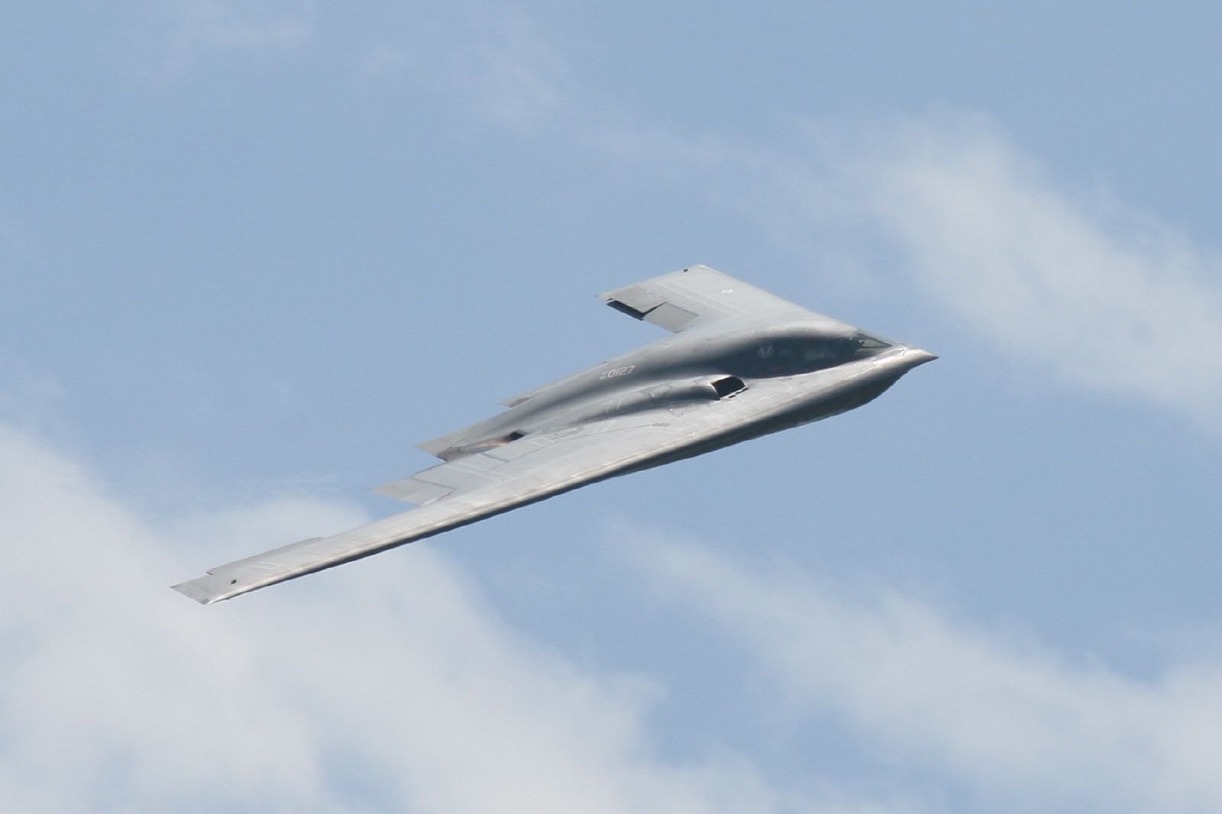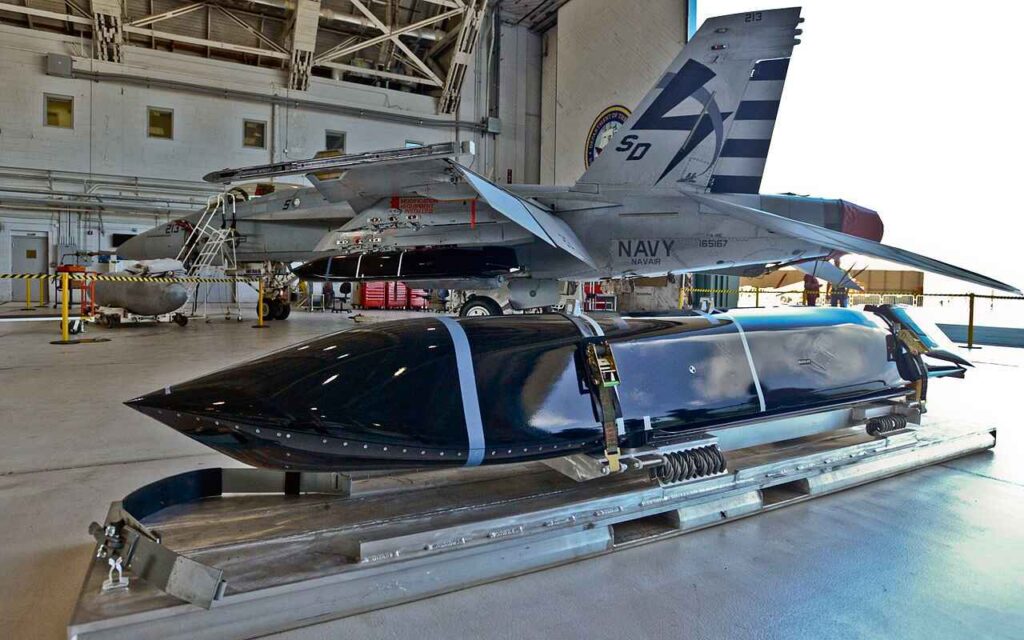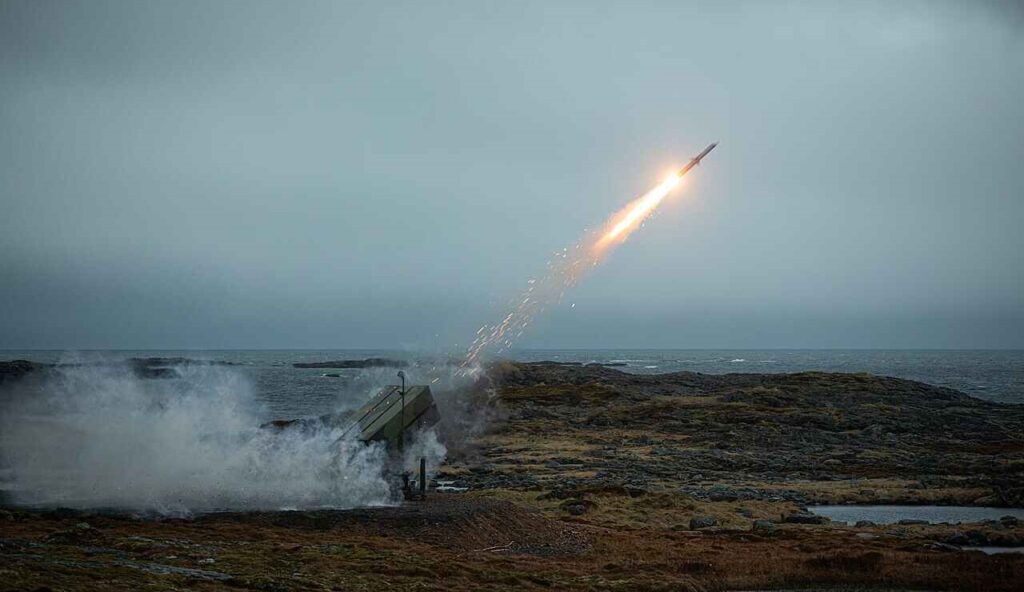
China’s Stealth Bombers are Coming Fast: Here’s What You Need to Know
Here’s What You Need To Remember: The Chinese People’s Liberation Army Air Force (PLAAF) is developing not one, but two stealth bombers.
The Chinese People’s Liberation Army Air Force (PLAAF) is developing not one, but two stealth bombers, according to a Defense Intelligence Agency report published earlier this year. A steady stream of details has emerged concerning one of them– the H-20 is a long-distance flying wing stealth bomber, with a robust electronic countermeasures (ECM) package and sensor fusion integration. Nevertheless, Chinese defense sources remain tight-lipped concerning the PLAAF’s second project.
Here is everything we know about the PLAAF’s mysterious JH-XX bomber.
Described by the DIA report as a “fighter-bomber,” the JH-XX is the tactical counterpart to the H-20 strategic bomber. It is widely speculated that the JH-XX is the early concept bomber depicted on the May 2018 cover of the prolific Chinese defense magazine “Aerospace Knowledge,” brought to the attention of western audiences by China Defense Blog. If true, these early images depict a conventionally designed, supermaneuverable, supersonic bomber with an internal weapons bay. Several aspects of the JH-XX’s design, including the jagged air intakes and the way the twin-engine nozzles are embedded in the tail, suggesting a decent measure engineering attention paid to stealth performance.
But whereas stealth is a top design priority for the H-20, the JH-XX seeks to balance low-detectability features against speed and limited dogfighting abilities; to that end, the JH-XX will carry anti-air missiles. The PL-15, a Chinese long-range anti-air missile with a host of best-in-class features, is an ideal candidate for this type of aircraft. The JH-XX will also likely boast a more modest combat radius of around of up to 2,000 kilometers, as opposed to the H-20’s 5,000 km, and is almost certainly not in the same weight or payload class as the H-20.
A rough portrait emerges of the JH-XX as a supersonic regional bomber that doubles as a stealthy, long-distance interceptor. With its blend of anti-ship and anti-air capabilities, China’s latest fighter seems even more tailor-made than the H-20 for countering American Carrier Battle Groups. The JH-XX thus plays a clear role in China’s Pacific strategy: namely, it strengthens Beijing’s grip over the first island chain off China’s east coast and poses a credible deterrent to any outside force seeking to intervene in a prospective Chinese invasion of Taiwan. Together with the H-20, the JH-XX could also be the latest milestone in China’s long-term goal of contesting the second island chain by threatening the US base on the island of Guam.
It bears noting that China’s two next-generation fighters appear to be separated by years of R&D work. The H-20 is on the verge of being formally announced and is planned to enter service in the PLAAF by the mid-2020s. Meanwhile, the JH-XX may not even be in active development; the fighter shown in “Aerospace Knowledge” may turn out to be nothing more than an early concept. As formidable as it appears in filling what is a niche, but vital role that blurs the line between strategic and tactical roles, there is currently no assurance that the JH-XX– or something like it– is coming anytime soon.
Mark Episkopos is a frequent contributor to The National Interest and serves as research assistant at the Center for the National Interest. Mark is also a PhD student in History at American University.
This article first appeared in 2019 and is being reprinted for reader interest.
Image: Flickr.


